How to Propagate Hens and Chicks (Sempervivum): A Simple Guide for Beginners
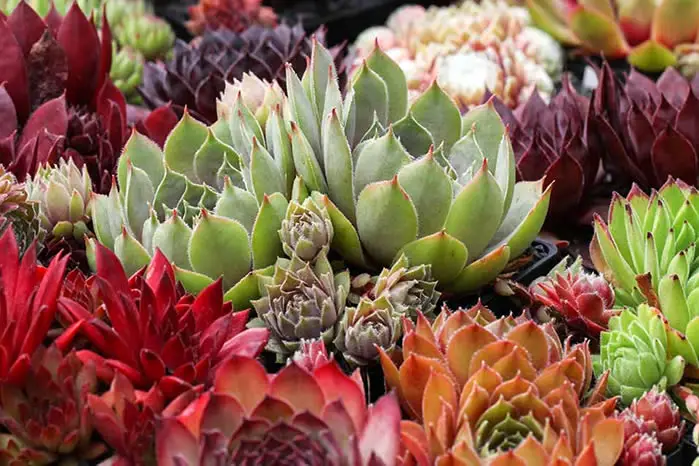
Hens and Chicks (Sempervivum spp.) are among the easiest succulents to propagate, making them ideal for both novice and seasoned gardeners. With their charming rosettes and resilient nature, expanding your collection is both fun and rewarding. This guide will walk you through the most effective propagation methods to help your garden flourish.
Table of Contents
Propagation by Offsets (Chicks)
The most straightforward method of propagating Hens and Chicks is by separating the offsets, commonly known as “chicks,” from the mother plant.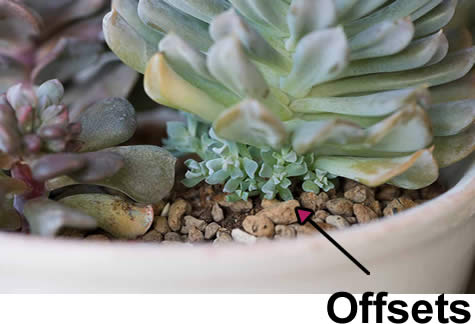
-
Identify Mature Offsets: Look for chicks that are at least 1.5 inches in diameter.
-
Separate the Chicks: Gently twist or cut the chick from the mother plant, ensuring some roots are attached.
-
Allow to Callous: Let the separated chick sit in a dry, shaded area for a day or two to form a callous over the cut surface.
-
Planting: Place the calloused chick into well-draining succulent soil, ensuring the roots are covered and the rosette sits above the soil line.
-
Watering: Wait a few days before watering to allow the plant to settle, then water sparingly when the soil is completely dry.
This method is highly effective and allows the new plants to establish quickly.
Propagation by Leaf Cuttings
While less common, propagating Hens and Chicks from leaf cuttings is possible, though it requires more patience and has a lower success rate.
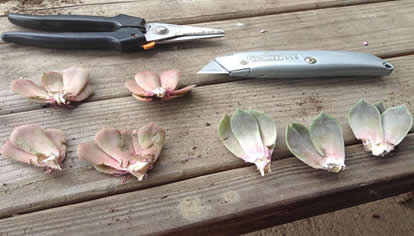
-
Select Healthy Leaves: Choose mature, healthy leaves from the mother plant.
-
Remove the Leaf: Gently twist the leaf from the stem, ensuring a clean break.
-
Callousing: Allow the leaf to sit in a dry, shaded area for several days until the cut end callouses over.
-
Planting: Place the calloused end of the leaf on top of well-draining soil without burying it.
-
Watering: Mist the soil lightly every few days to keep it slightly moist but not wet.
Note that not all leaf cuttings will successfully root, so it’s advisable to propagate several at once to increase the chances of success.
Propagation by Seeds
Growing Hens and Chicks from seeds is a time-consuming process but can be rewarding for those looking to cultivate unique varieties.
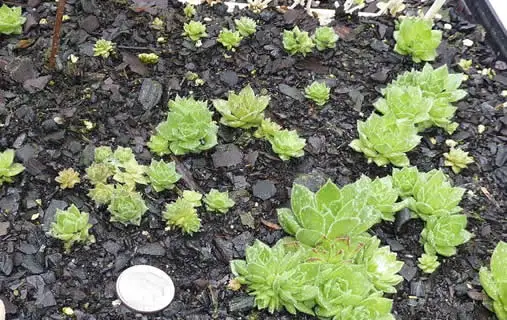
-
Seed Collection: After flowering, allow the seed pods to dry on the plant, then collect the seeds.
-
Sowing: Sprinkle the seeds on top of a well-draining succulent soil mix in a shallow tray.
-
Moisture and Light: Mist the soil lightly and cover the tray with a clear lid or plastic wrap to retain humidity. Place in a bright, indirect light location.
-
Germination: Seeds typically germinate within 2-4 weeks. Once seedlings appear, remove the cover and continue to provide light and minimal moisture.
This method is best suited for experienced gardeners or those interested in hybridizing plants.
Water Propagation
Although not a traditional method for succulents, some gardeners have experimented with water propagation for Hens and Chicks.
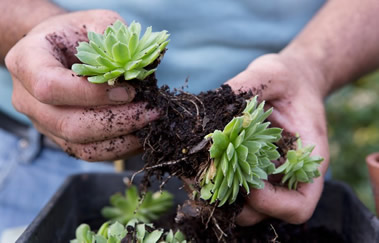
-
Offset Selection: Choose a healthy chick with a small root system.
-
Suspension: Place the chick above a container of water, ensuring only the roots touch the water surface.
-
Environment: Keep the setup in a bright, indirect light area and change the water every few days to prevent stagnation.
-
Transplanting: Once roots have developed, transplant the chick into well-draining soil.
This method is experimental and may not yield consistent results, but it can be an interesting project for curious gardeners.
Bonus Tip: To encourage faster root development during water propagation, add a few drops of a succulent-safe liquid fertilizer, such as one with an NPK ratio of 2-7-7 like this one, to the water. This provides essential nutrients that support healthy root growth but doesn’t guarantee water propagation will work.
Outdoor Propagation Tips
Hens and Chicks thrive in outdoor settings, especially in rock gardens or containers with excellent drainage.
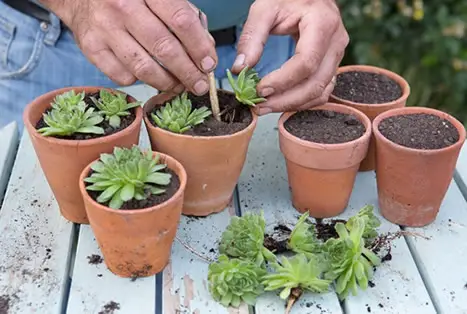
-
Timing: Spring and early summer are ideal for propagation, allowing plants to establish before colder months.
-
Soil: Use sandy or gravelly soil to mimic their natural alpine habitat.
-
Spacing: Provide adequate space between plants to prevent overcrowding and promote air circulation.
-
Protection: In regions with heavy rainfall, consider using raised beds or containers to prevent root rot.
Regularly monitor for pests and remove any dead or dying leaves to maintain plant health.
Final Thoughts
Propagating Hens and Chicks is a rewarding endeavor that allows you to expand your succulent collection with minimal effort.
Whether you choose offsets, leaf cuttings, seeds, or even experiment with water propagation, each method offers its own unique experience.
With patience and proper care, you’ll enjoy a thriving display of these charming succulents in your garden or home.
Be sure to read our extensive care guide, Hens and Chicks Succulent Care: How to Grow These Hardy Rosette Beauties, to ensure your hens & chicks succulents stay healthy for years to come.
Thanks for reading! I'm Michael — houseplant fanatic and your Pinterest plant guide.
Follow me on Pinterest for fresh updates 🌿



